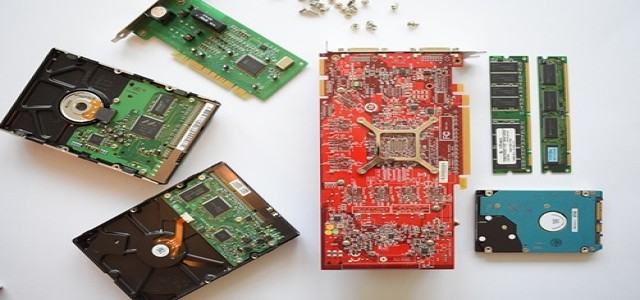Esperanto has revealed plans to commence an Early Access Program for competent customers later this year
Esperanto Technologies, a semiconductor company that specializes in energy-efficient computing solutions, has revealed new details of its ET-SoC-1 "supercomputer-on-a-chip" at the Hot Chips 33 conference. The company’s machine learning (ML) inference accelerator chip is intended to be the highest performance commercial RISC-V chip, featuring over a thousand RISC-V custom processor cores.
It is a general-purpose, parallel processing solution that can optimize many parallelizable tasks and was designed to meet high-performance, air-cooled and low-power requirements of large-scale data center users.
RISC-V chip is built to function at under 20 watts to suit enterprise customers' demanding system power restrictions. The chip comprises over a thousand energy-efficient RISC-V, ET-Minion™ processor cores, each with its own custom vector/tensor unit, ET-Maxion™ processor cores, four high-performance out-of-order RISC-V, and a high-performance memory system.
The Esperanto chip is designed to outshine machine learning endorsement models, one of the most significant types of AI workloads, in many big datacenters.
According to reliable sources, Esperanto Technologies is expecting to commence an Early Access Program for competent customers later this year.
Commenting on the launch, Cambrian AI Research’s Founder and Principal analyst, Karl Freund said that the firm is impressed with the memory bandwidth and energy efficiency of Esperanto's AI chip, which is one of the fastest RISC-V designs for high-performance data center workloads.
Programmer using standard RISC-V cores can take advantage of its multiple benefits like flexibility and optimizing code easily.
As per Rich Wawrzyniak, Principal Market Analyst, Semico Research Corporation, the chip designed by Esperanto focuses on high throughput with energy efficacy. The ability to process very large models operating using the low-voltage approach certainly delivers on the performance per watt with so many RISC-V cores operating in unison.
